You can trust VideoGamer. Our team of gaming experts spend hours testing and reviewing the latest games, to ensure you're reading the most comprehensive guide possible. Rest assured, all imagery and advice is unique and original. Check out how we test and review games here
From Pre-DualShock to DualSense, we take a look at the evolution of the PlayStation Controller since its genesis in 1994, including a look at PlayStation’s plans for Project Leonardo in 2023.
It’s been over 25 years of innovation from PlayStation to give its controller the iconic design you might hold today. Whether you were born the same year as one of these controllers, or you’ve been around since the very beginning, we hope you enjoy the throwback.
We’ll begin with the original PlayStation Controller’s humble origins as a simple four-button controller, and take you all the way through to Project Leonardo, Sony’s first ever accessible, highly customizable controller.
1. PlayStation Controller (1994)
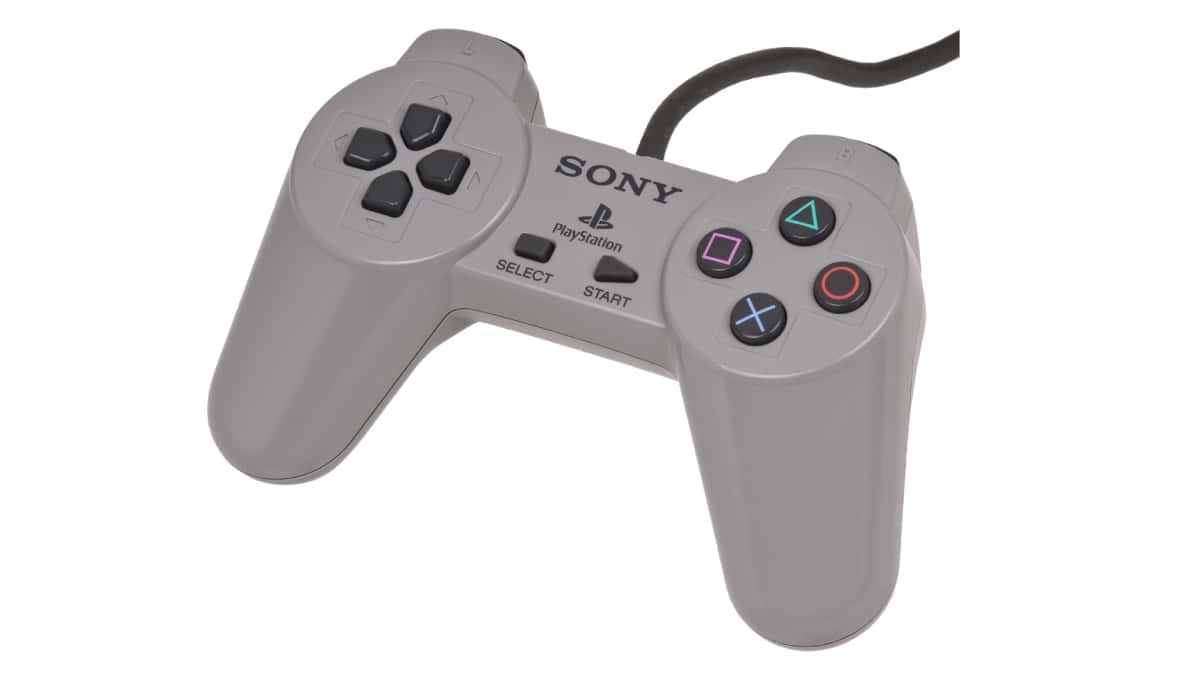
Original price: $24.99
The controller that started it all and was released alongside the original PlayStation in 1994 was influenced by the Super Nintendo Controller. Designed by Teiyu Goto, it’s still considered to be one of the best controllers ever made, both commercially and critically.
The new PlayStation buttons were intended to represent the actions they performed. The red circle was “No†while the blue cross was “Yesâ€. The triangle meanwhile was for point of view, and the square was like a sheet of paper for players to navigate to the menus. Archaic, right?
Goto was also responsible for designing the PocketStation, a portable memory card for the PlayStation console, and the PlayStation One, which features in complete list of PlayStation consoles to date.
PlayStation Controller
Two Analog sticks
Button layout
Ergonomic design
Image Credit: PlayStation
2. PlayStation Dual Analog Controller (1997)
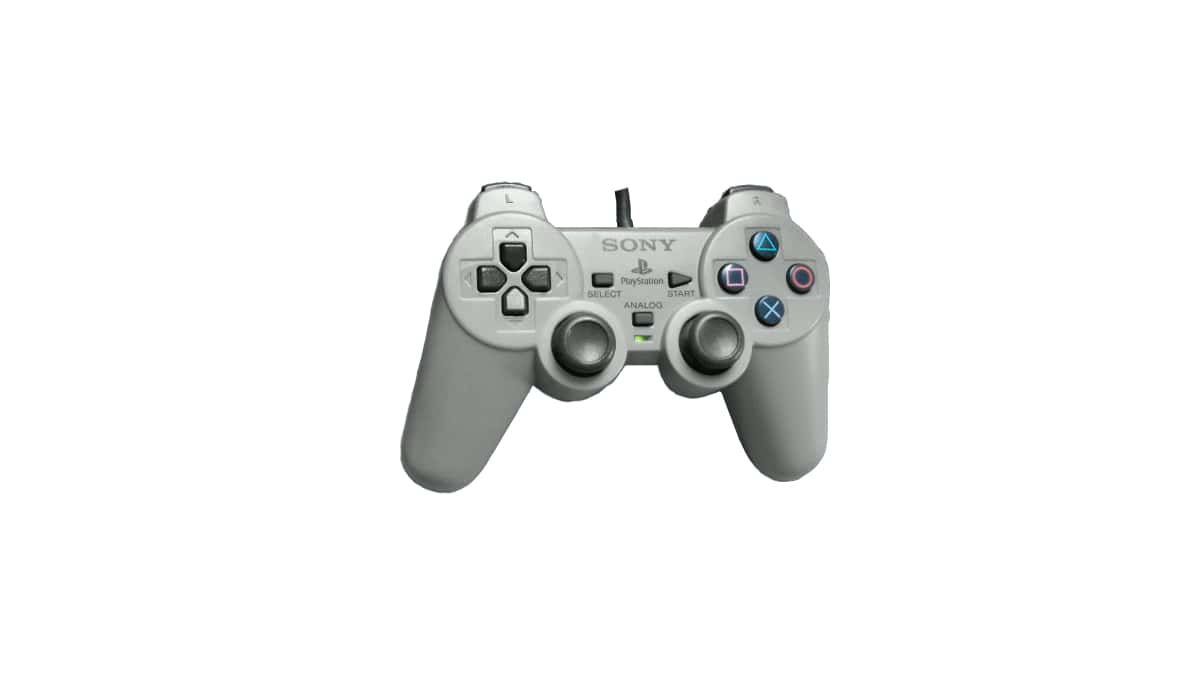
Original price: Approx. $34.99
First released in Japan in 1997, the PlayStation Dual Analog Controller featured twin sticks that had recessed grooves and a “Flightstick Modeâ€. The Flightstick mode was especially popular with games like MechWarrior 2, Ace Combat 2, and Colony Wars. The controller was a major factor in what made the PlayStation console a success. The analog sticks were useful for controlling the camera in 3D games
Curiously, the US and European versions of this controller didn’t include the rumble feature that the Japanese version got. However, it would return for the DualShock controller.
PlayStation Dual Analog Controller
Two Analog sticks
Button layout
Ergonomic design
Image Credit: PlayStation
3. DualShock (1997)
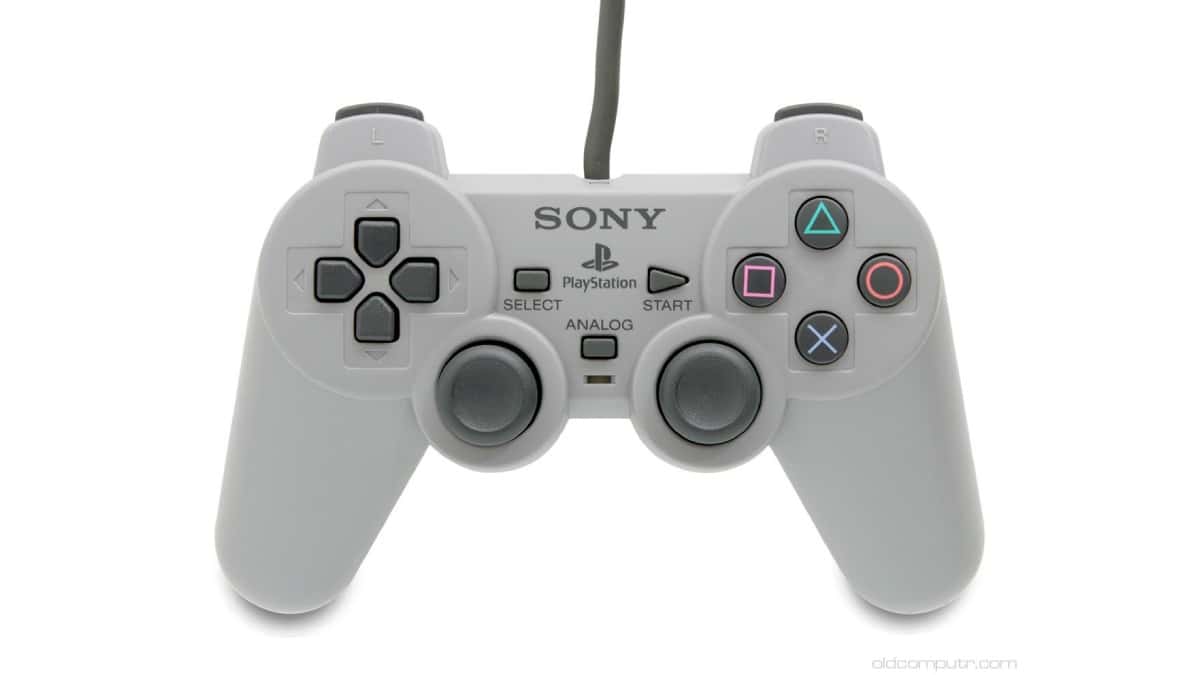
Original price: Approx. $45
Released alongside the PlayStation 2 in 1999, this is where PlayStation began shifting gears, especially when it came to racing games. If you haven’t heard the soundtrack to Ape Escape, whack it on as you read this section to get you in the mood (I love you Soichi Terada). It was the first game to use the DualShock’s rumble feature.
The rumble feature, powered by dual vibration motors, allowed a greater degree of immersion into the game. In racing games for example, the DualShock Controller could vibrate differently in each hand, depending on which side of the road you were driving on.
The analog sticks were also moved to the top of the controller, while the L1 and R1 buttons were relocated to the bottom to make it easier for players to reach all the buttons on the controller without having to move their hands. These new features helped make the DualShock controller one of the best on the market, inspiring the competition to follow suit.
DualShock
Dual Vibration motors
Pressure-sensitive buttons
New button layout
New ergonomic design
Image Credit: Oldcomputer.com
4. DualShock 2 (2000)
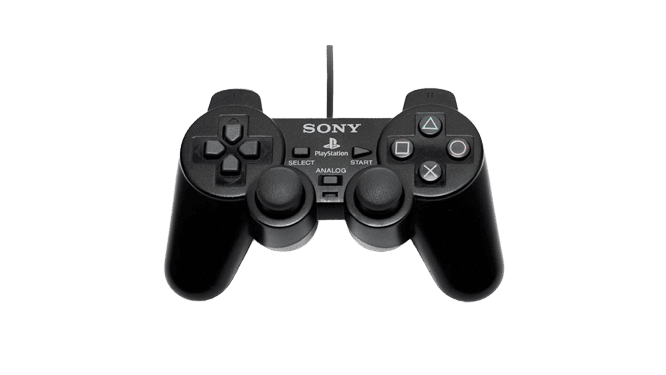
Original price: $34.99
Three years after the Dualshock, Sony released the Dualshock 2, the controller included with the PS2’s launch. The button layout is pretty consistent with its predecessor, with the added bonus of pressure-sensitive buttons on the left D-pads, right face buttons and shoulder buttons.
A departure from previous controllers was the wide range of colours the controller came in, including black, satin silver, ceramic white, slate grey, clear, ocean blue, emerald green, crimson red, lemon yellow, and candy pink.
DualShock 2
Analog Buttons
Enhanced Analog Sticks
Backwards Compatibility
Nuanced Vibration Feedback
Image Credit: PlayStation
5. Boomerang (never released)
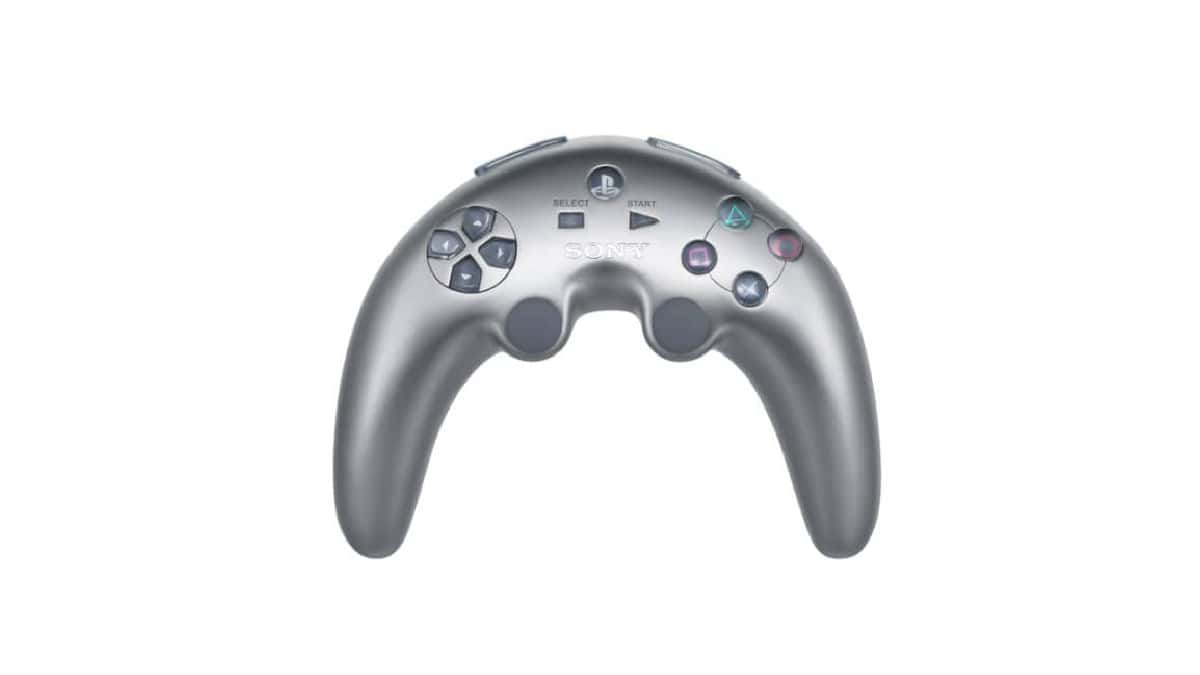
Original price: Never released
Yes, the PlayStation Boomerang controller was real and banana shaped but not actually called the Boomerang. Since it was never formally announced or released, it never got an official name. What it got instead was lots of trolls from the internet.
It was going to be the PlayStation 3 controller, and was revealed in 2005 ahead of the PS3’s first unveiling. However, it was never released after feedback from the PlayStation community who wanted a controller design they were familiar with. In other words, everyone had built up muscle memory with the DualShock and didn’t want PlayStation changing things.
It’s probably for the best although I can’t help but respect the flamboyance of this controller. Even if it looks like it would cause some cramping. Since the controller was never formally introduced, we don’t know the particulars of the design. Maybe the boomerang design and slightly tilted D-pad would have been super comfortable to play with – I guess we’ll never know. All we can hope for is a third-party version
Image Credit: PlayStation
6. Sixaxis (2006)

Original price: $49.99
The Sixaxis controller arrived in 2006 as Sony’s first wireless, motion-sensitive gamepad for the PlayStation 3 console.
Its name derives from its six degrees of freedom that allow complete freedom of movement thanks to the controller’s built-in gyroscope and accelerometer. The release of the Sixaxis controller meant players could control characters and objects using tilt controls with Warhark being one of the first games to showcase this.
Overall it was a popular controller, though some critics complained that the rumble feature didn’t work when it was plugged in via USB.
Sixaxis
Six-axis motion sensing
Pressure-sensitive buttons
Improved force feedback
Supposedly more ergonomic design
Image Credit: PlayStation
7. DualShock 3 (2007)
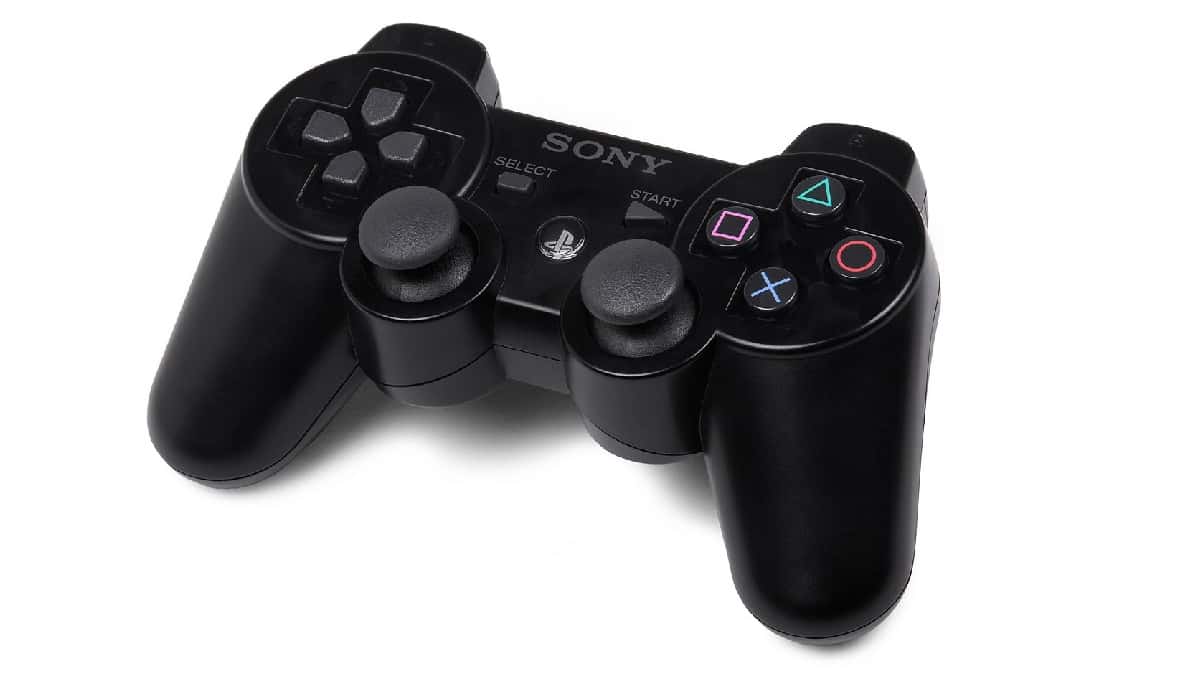
Original price: $49.99
The Dualshock 3 followed on from the Sixaxis just one year on, and became the standard controller for PlayStation 3, still compatible with PS5 with a USB Cable.
The controller brought a few changes to the table from the Sixaxis including two vibration motors which were back by popular demand. It also featured a rechargeable battery and came in some fun new colours including metallic red, cosmic blue and pearl pink. Xbox players might notice the similarities of the triggers, digital buttons and sticks to the Xbox 360 controller.
Dualshock 3
The return of haptic feedback via two vibration motors
Built-in rechargeable battery
Pressure sensitive buttons
Wireless connection via Bluetooth
Image Credit: PlayStation
8. PlayStation Move (2010)
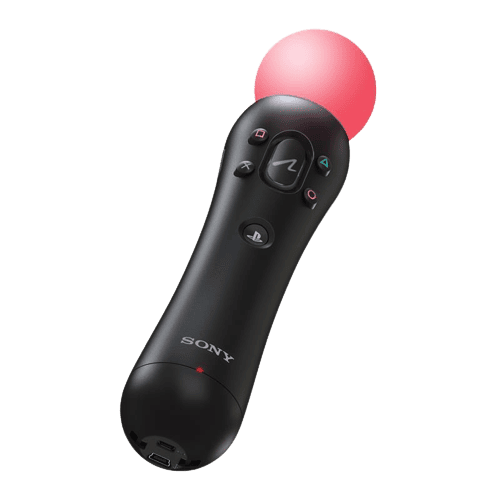
Original price: $49.99 (standalone price)
This controller reminds me more of a Hitachi magic wand than it does a PlayStation controller (if you know you know). Its release was during the supreme reign of the Nintendo Wii, as PlayStation tried to offer an attractive alternative to the motion control crowd.
At the time of its release, PlayStation offered a PlayStation Move starter pack that came with a Move controller PlayStation Eye camera and a demo disc. The ‘navigation controller’ was made available separately – essentially an alternative to Nintendo Wii’s nunchuck complete with D-pad, analogue stick and two shoulder buttons. There’s even a gun attachment for games like SOCOM 4. Not an incredible accessory, but still a fun feature to look back on (though not quite as fun as this PlayStation Move ad from 12 years ago).
Overall, the PlayStation Move didn’t take off like previous controllers, partly due to the lack of inaccuracy from the motion sensor. However, it’s still compatible with the PlayStation 5 and might be useful for any Just Dance fans.
PlayStation Move
Motion Tracking
PlayStation Eye Camera Integration
Wireless Connectivity
VR Compatibility
Gesture Recognition
Vibration Feedback
Image Credit: PlayStation
9. DualShock 4 (2013)
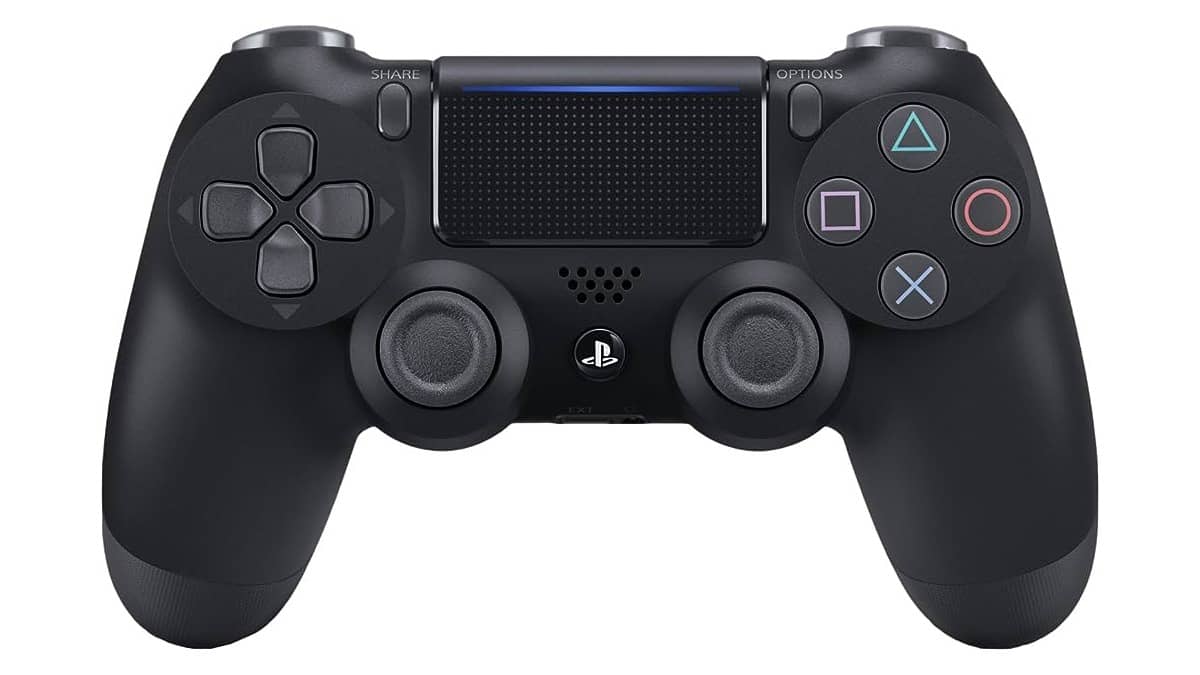
Original price: $59.99
The Dualshock 4 was released alongside the PlayStation 4, closely resembling its direct predecessor with a few key new features.
The most noticeable change in design was the touchpad in the middle of the controller, redesigned triggers and joysticks and a mono speaker. PlayStation also introduced the Share button that allows players to upload screenshots and videos of their gameplay. It also has a lightbar on the front which could change colours. For example, if you’re wanted by the police in Grand Theft Auto V, the light bar will flash red and blue.
DualShock 4
Refined analogue sticks and triggers
Light bar
Motion sensors
Built-in sensors
Image Credit: PlayStation
10. DualShock 4 Version 2 (2016)
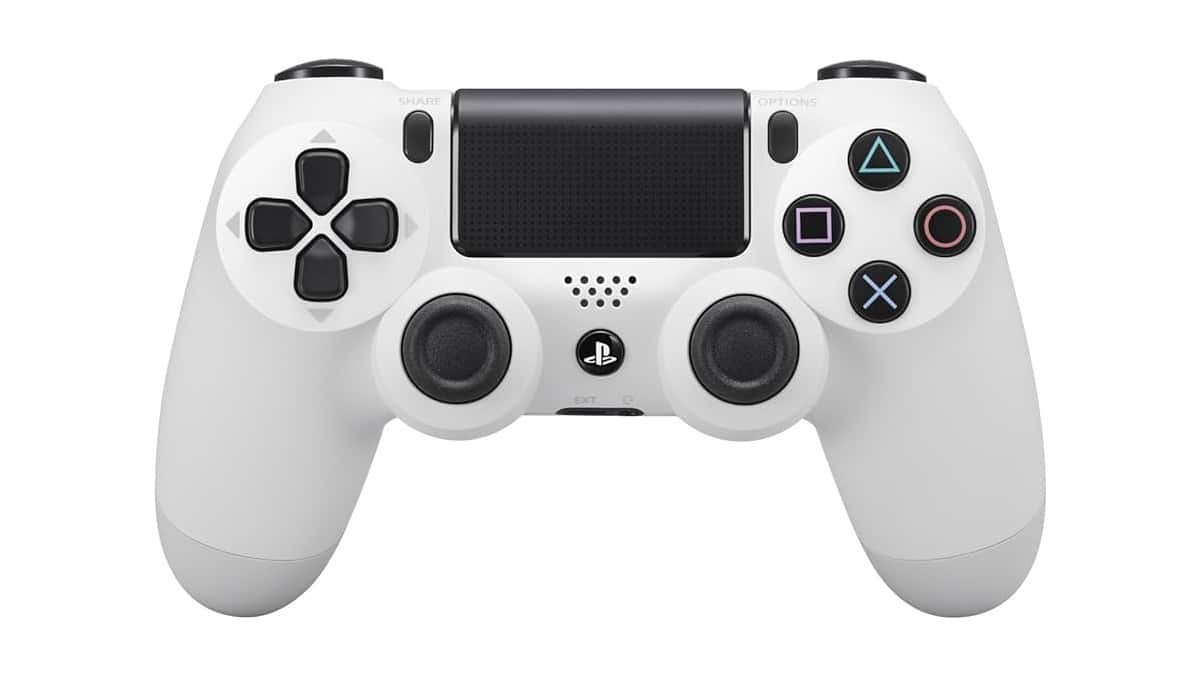
Original price: $59.99
A minor addition in the timeline the DualShock 4 Version 2 brought three main areas of improvement to the original DualShock 4. The analogue sticks were built with more durable rubberized grips and the battery life was improved. It also had a lightbar on the face of the touch-pad, and the controller was generally lighter.
DualShock 4 V2
Updated Bluetooth Standard
Light bar modification
Improved Battery Life
USB Connection
Image Credit: PlayStation
11. DualSense (2020)
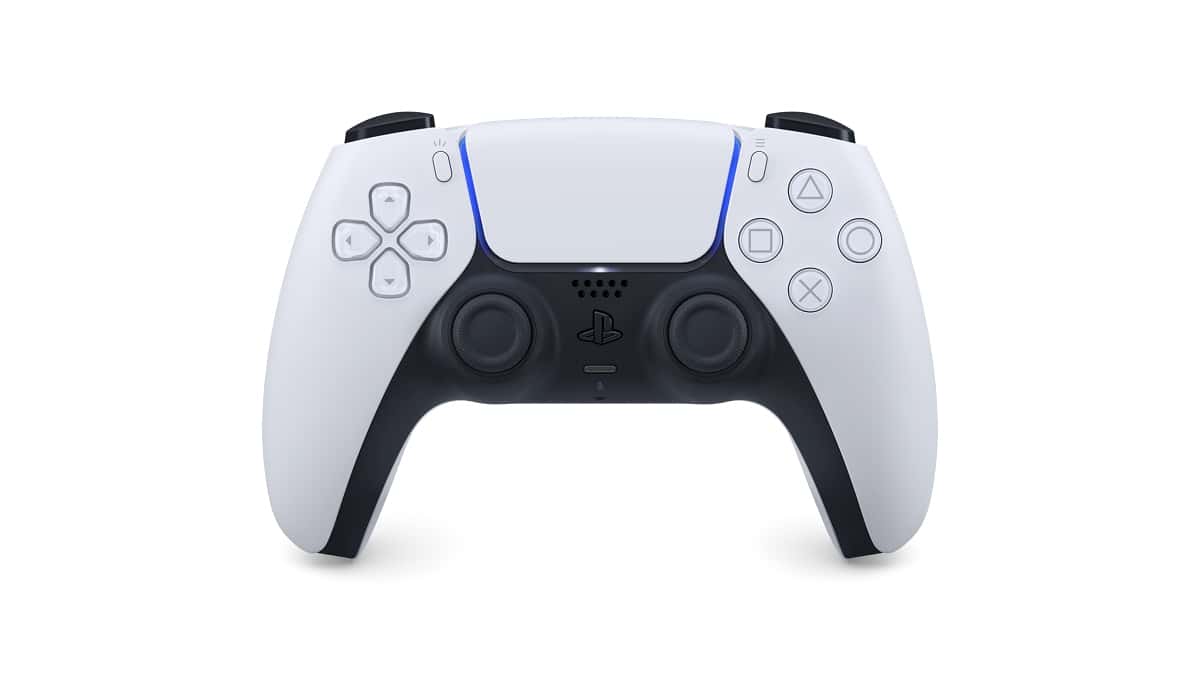
Original price: $69.99
The DualSense controller is a gamechanger for PlayStation, literally. It represents a huge departure from the DualShock 4, both in design and functionality with the introduction of adaptive triggers and haptic feedback. Its arrival reflects this trend in gaming where many aspects are geared to elevating the level of immersion a player can be in a game.
The adaptive triggers introduced varying levels of resistance, while haptic feed created more nuanced vibrations. These are standout features and are a testament to how far PlayStation has come. The introduction of a built-in microphone is a similarly major step. Multiplayer gaming is massively more inclusive as players no longer need to buy additional hardware to chat with friends or teammates. The microphone’s additional also opened up new possibilities for game design and player immersion, where certain actions in-game could be triggered by voice.
New Features
Adaptive triggers
Advanced haptic feedback
Built-in microphone
Create button
Improved motion sensors
Image Credit: PlayStation
12. DualSense Edge (2022)

Original price: $199
PlayStation introduced its first official custom controller in January 2022. It’s largely kept the same ergonomic form as its predecessor with a few changes like an additional rubberized grip, a USB-C charging port and a slightly weightier feel. We’ve actually done a hands-on review of the DualSense Edge for anyone who’s curious about what the Sony’s pro controller has brought to the table.
The big deal with the DualSense Edge is that it’s fully customizable, allowing players complete autonomy over their controller.
New Features
Triple mode triggers
Hot swappable analogue sticks, Function buttons
Back buttons and paddles
Image Credit: PlayStation
13. Project Leonardo (2023, in development)
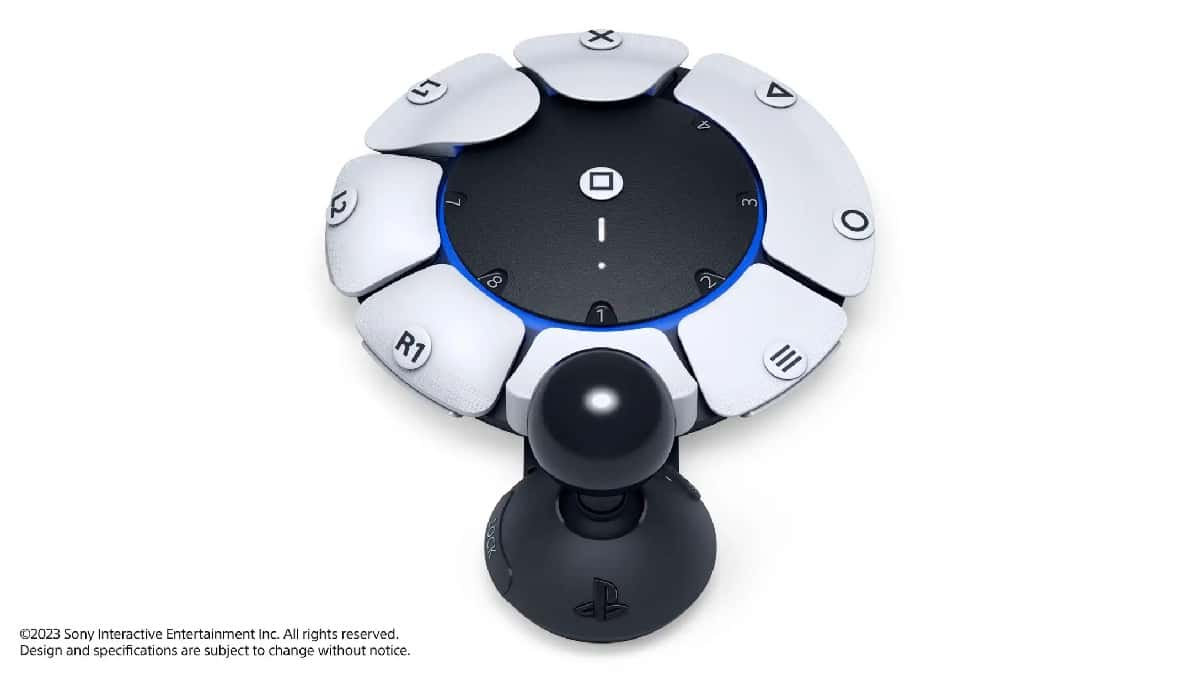
In 2023, Sony turned its attention to accessibility to recognise gaming as a deeply personal experience and cater to users with accessibility needs. Enter Project Leonardo, a new controller designed to be “a toolboxâ€, to quote Accessibility Expert David Crouse in one of Project Leonardo’s promo videos.
It features a ‘split controller’ setup that allows highly customizable positioning of left and right thumbstick. It can be usable without constant holding plus offers versatile options for swapping buttons and stick camps. So far, the message from Sony is to empower players to personalize their own controller configurations, rather than presenting them with a single standardized form.
Features
Split Symmetric Design
Button Mapping
Securable to AMPS mounts or tripods
Both hardware and Software Customizations
Image Credit: PlayStation
There you have it
Hopefully, like us, you found that history of the PlayStation controller illuminating. It’s clear the evolution of PlayStation controllers isn’t just about hardware upgrades and specs, but about the industry’s direction towards richer, more immersive and more inclusive experiences.
Frequently asked questions
What was the first PlayStation game to require the use of the DualShock controller?
Ape Escape (1999) was the first game that explicitly required DualShock controllers since the gameplay generally required the use of two analog sticks.
What was the PS2 controller called?
The PlayStation 2 controller was known as the DualShock 2, and introduced the addition of two analogue sticks and built-in vibration feedback, which has evolved to be haptic feedback in the PS5’s DualSense and DualSense Edge today.
